|
The new Victoria underground service opened with little fanfare on Sunday 1st September 1968, with the first train leaving for Highbury & Islington from Walthamstow (which was then the extent of the line) at 6:30am. Three months later to the day, the next section opened, south from Highbury & Islington to Warren Street. The new line did finally get an official ceremony, with the Queen unveiling a commemorative plaque at Victoria station on March 9th 1969, and taking a short tube trip to Green Park, becoming the first reigning monarch to take the underground. The grand station had been linked up to its tube line progeny two days earlier, with another extension to Brixton being completed in July 1971. The line had first been mooted in 1937, connecting North East London to the centre. After much to and froing, a Parliamentary Bill for ‘Route C’ from Walthamstow to Victoria was passed in 1955, with an extension to Brixton added in 1965. The name of the new line took some different forms, with a Bakerloo style portmanteau name favoured, with the results being “Walvic” (Walthamstow-Victoria) and “Viking” (Victoria-Kings Cross). Eventually “Victoria” was suggested and passed for use. Compared to its illustrious forebears, such as the Piccadilly Line, or future feats like the Jubilee line, visually the Victoria Line lacks the ‘Wow’ factor. However the line does have some design features worth exploring. The new line did not have many new stations built for it, mostly using connecting stations that were already were part of the London Underground network. A new station building was built at Blackhorse Road, opening on September 1st along with the line itself. The station is in the tradition of the Charles Holden Sudbury Box, with a spacious rectangular ticket hall in dark brick. The real interest lies in its artworks, featuring a fiberglass relief of a black horse by David McFall, which is surrounded by a mosaic created by Trata Drescha. Tottenham Hale is the next station south on the line, and not much to write home about with constant rebuildings and additions muddling any coherent idea (it is currently undergoing another redevelopment). However it does have a great, futuristic bus waiting room designed by Alsop Lyall & Stormer from 1992. It comprises a tunnel shaped waiting room, featuring porthole windows and a 50 metre artwork by Bruce Maclean. MacLean, designed three artworks for Tottenham Hale, Path of the People (the 50 meter mural), Bridge of Signs (a fountain) and Tower of Time (a blue beacon), but the last two have now been demolished. At the other end of the line, Stockwell was given a new station building as well. It was in keeping with Blackhorse Road and Tottenham Hale in being a rather dour design, with a single storey entrance hall balanced next to the ventilation tower in dark brick. Flats have now been added above the station in the same dark brick. Brixton station was given a new entrance as well, in similar muted colours as the rest of the line. The station was rebuilt between 2001-2010 with a modern update of the Holden style ticket hall with generous glazing. All of the Victoria Line stations feature unique tile work mosaics at platform level by Hans Unger and others, reflecting the history of the local area, something that had been done on the Piccadilly Line by Harold Stabler's ventilation grilles. The designs range from the straightforward, a black horse at Blackhorse station to the more abstract, such as the Abram Games swan design for Stockwell. Apart from the mosicas, the overall Victoria Line platform designs were very muted, with a colour palette of grey, black and white set out by Mischa Black of the Design Research Unit, in charge of the design of the new line. An area where colour reigned supreme however, were the new posters advertising the line, with designs by many of the same artist who designed the platform mosaics. Tom Eckersley, Hans Unger, Denys Nicholls and William Fenton all produced posters influenced by contemporary styles such as Pop and Abstract art to advertise the new line. So while the Victoria Line is not as highly thought of in architecture terms as the Piccadilly or Jubilee Lines, there are plenty of design elements to look out for next time you take ‘Route C’! Blackhorse Road station and its artworks feature in our new guidebook Modernism Beyond Metro-Land. Support the project and get your copy HERE
0 Comments
Leave a Reply. |
Archives
May 2024
Categories |
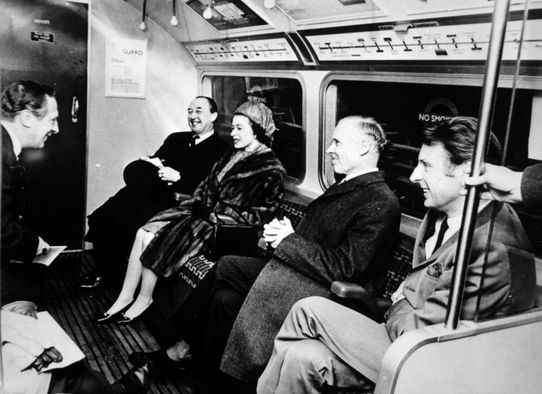
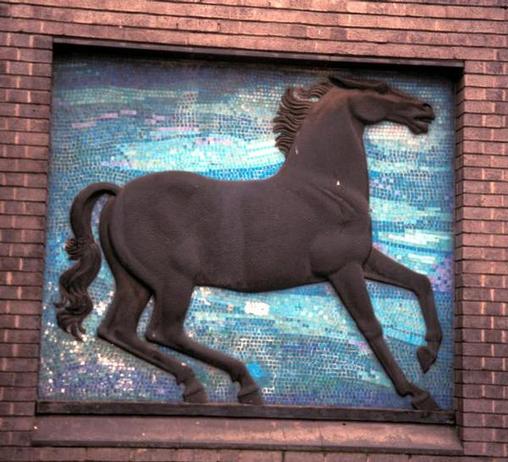
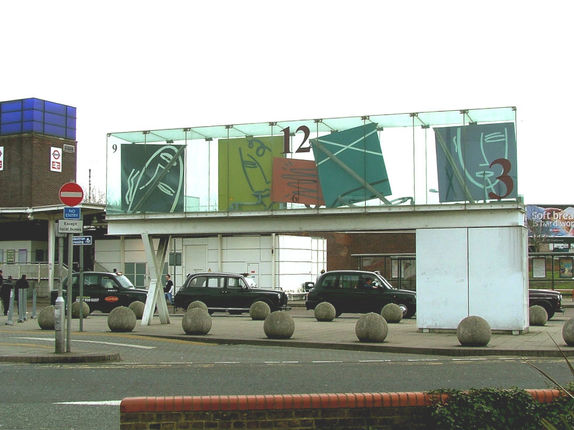
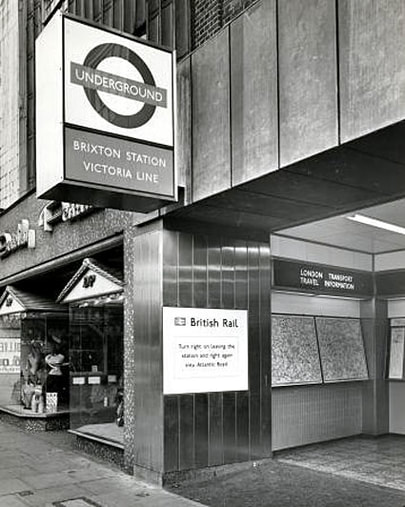
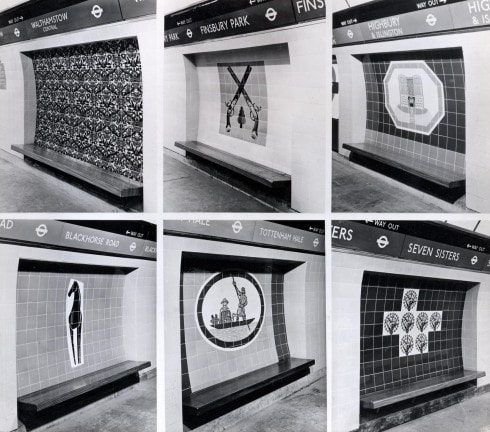

 RSS Feed
RSS Feed